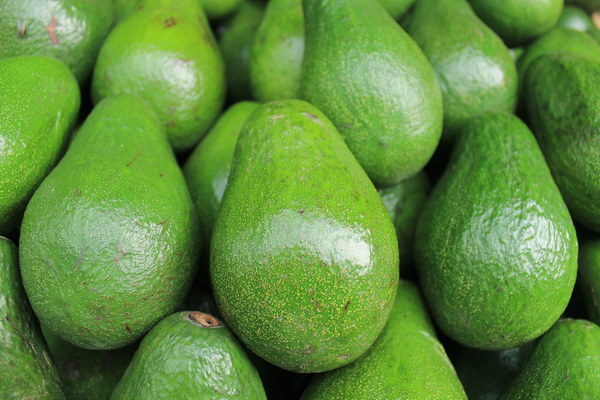The Real Deal Unveiling the Truth About Moisture Absorbing Bags
In the world of wellness and home remedies, there's a rising trend that promises to keep moisture at bay—moisture-absorbing bags. These compact pouches claim to absorb excess humidity from the air, making them a favorite among those seeking to prevent mold growth, musty odors, and a generally more comfortable living environment. But does the reality live up to the hype? Let's take a closer look at the truth behind these moisture-wicking wonders.
What Are Moisture Absorbing Bags?
Moisture-absorbing bags are typically made from a variety of materials, including silica gel, calcium chloride, and activated charcoal. These substances have a high affinity for water molecules, which means they can absorb and retain moisture from the surrounding air. The bags often come in a variety of sizes and are sometimes infused with essential oils or other aromatic compounds to provide a pleasant scent.
How Do They Work?
The science behind moisture-absorbing bags is quite simple. When exposed to humid conditions, the material inside the bag absorbs water vapor. As the bag becomes saturated, it can be dried out and reused, often by simply placing it in the sun or in a low-temperature oven. This process can be repeated multiple times before the absorbent material needs to be replaced.
The Benefits
Proponents of moisture-absorbing bags tout several benefits:

1. Mold Prevention: By reducing humidity levels, these bags can help prevent mold growth, which is a significant concern for those with allergies, asthma, or weakened immune systems.
2. Odor Control: Excess moisture can lead to unpleasant odors, especially in basements, crawl spaces, and other damp areas. These bags work to eliminate these smells by absorbing the moisture that contributes to them.
3. Protection of Items: Items that are sensitive to moisture, such as leather, wooden furniture, and electronics, can be protected from damage by using moisture-absorbing bags.
4. Health and Comfort: High humidity can make a space feel muggy and uncomfortable. By maintaining a more stable humidity level, these bags can contribute to a healthier and more comfortable living environment.
The Hype vs. Reality
While there are many benefits to using moisture-absorbing bags, it's important to separate fact from fiction:
1. Not a Magic Bullet: These bags are not a substitute for proper ventilation or a dehumidifier. They can help manage humidity levels but are not designed to completely solve moisture-related issues.
2. Effectiveness Can Vary: The effectiveness of moisture-absorbing bags can depend on the level of humidity in the environment, the size of the bag, and the amount of moisture in the air.
3. Safety Concerns: Some absorbent materials can be harmful if ingested or inhaled, so it's crucial to keep these bags out of reach of children and pets.
4. Cost Consideration: While these bags are relatively inexpensive, they do need to be replaced periodically, which can add up over time.
Conclusion
Moisture-absorbing bags can be a useful tool in the fight against humidity, but they are not a one-size-fits-all solution. They can complement other moisture control methods and provide additional protection for sensitive items. As with any product, it's essential to use them as part of a larger strategy to manage humidity and prevent moisture-related problems. So, while the reality may not be as dramatic as the hype suggests, these bags do have a place in the arsenal of home remedies for combating excess moisture.









